Costa Rica is surely a dream destination for any natural history enthusiast. This small Central American nation is blessed with an incredibly rich diversity of wildlife, which can be searched for and enjoyed whilst exploring an extensive system of National Parks and private reserves; together these protected areas account for around a quarter of the country’s landscapes. Add to this a stable, democratic government, friendly people and relatively easy access, and you have all the ingredients for a memorable holiday.
It should therefore come as no surprise to hear that Costa Rica is a firm favourite with Wildlife Travel. We have led many tours here over the years, taking great pleasure in introducing groups of travellers to the country’s spectacular flora and fauna. Our latest trip took place last month, and once again, great wildlife sightings came thick and fast.
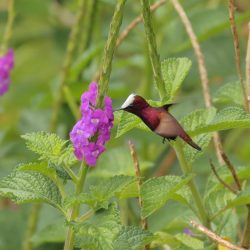
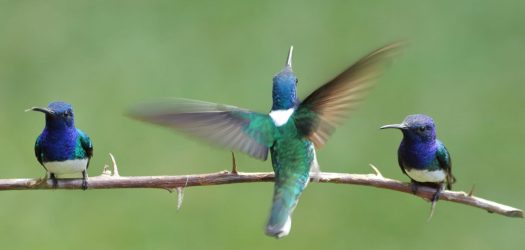
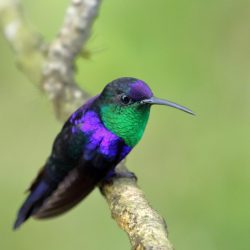
The birdlife of Costa Rica is justly famous, and we enjoyed wonderful views of many exotic avian delights, including 25 species of hummingbird (half of the country’s species), toucans, parrots, trogons, kingfishers, motmots and tanagers. Casting our eyes downwards we found colourful plants, poison dart frogs, lizards and even a tiny bright yellow Eyelash Pit Viper, curled up discreetly on a twig, watching us as we walked past.
The tropics are home to some of the largest invertebrate species on Earth, and we managed to catch up with some impressive specimens during our time in Costa Rica. Stunning Blue Morpho and Owl butterflies flitted through open forest, Golden Orb-weavers slung their webs between shrubs and our driver spotted a ridiculously huge Rhinoceros Beetle on the roadside. Unfortunately it was no longer in the land of the living (the beetle, not our driver) but still great to see this massive insect. One of the most interesting sightings was of a Helicopter Damselfly hovering and then perching in a sunlit glade. This is the biggest damselfly species in the world, with a body length of four inches and a wingspan of over six inches. It preys on spiders, which it plucks from their webs as it hovers in front of them.
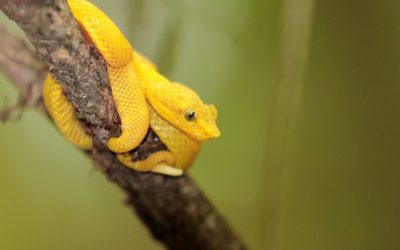
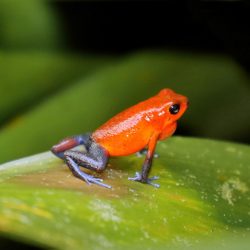
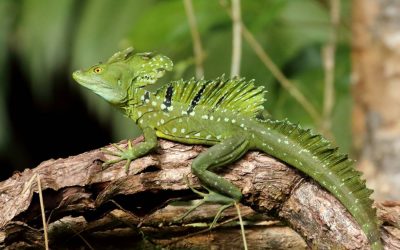
It was perhaps the mammals though that provided some of the most thrilling encounters of the trip. We saw Lesser White-lined and Proboscis Bats at their daytime roosts, a Hoffmann’s Two-toed Sloth was found chilling in a roadside tree, Collared Peccaries rooted around in the forest, and at our lodge in the Caribbean foothills, the opportunity to grab a fresh fruit snack was too much to resist for White-nosed Coati and a beautiful Tayra – a member of the weasel family, seen here in its all-dark colour form.
On the Caribbean coast, an exploration of the waterways and humid forests of Tortuguero National Park produced views of Mantled Howler Monkey, Geoffroy’s Spider Monkey and Panamanian White-faced Capuchin, and we spent a lovely couple of minutes in the company of a hunting Neotropical River Otter as it worked its way along the side of the channel, looking for any crustaceans, aquatic invertebrates or fish to snack on.

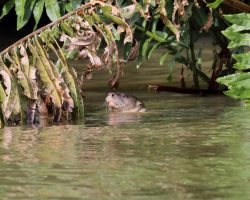
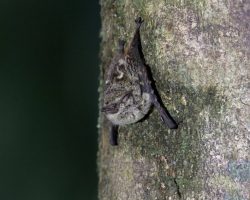
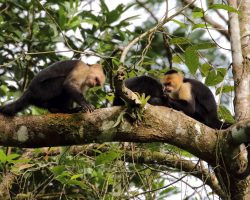
As we were leaving the park there was still time for one more new mammal for the trip, and a very special one indeed! Our boat, which was cruising steadily down the main channel suddenly slowed and veered to the right, and as we all craned our necks to see what was happening, a large shape appeared at the surface of the water, with a rounded snout pointed upwards to take a breath of air. This was a mega-rare West Indian Manatee!
seeing a manatee in Costa Rica is as rare as drinking tequila with the Pope!
The population of manatees in Costa Rica is thought to be as low as only 20-100 individuals, so we were certainly extremely privileged to have this wonderful encounter. As one of the boat guides put it seeing a manatee in Costa Rica is as rare as drinking tequila with the Pope!
Costa Rica – a naturalist’s paradise indeed… why not join us next time and see for yourself?

